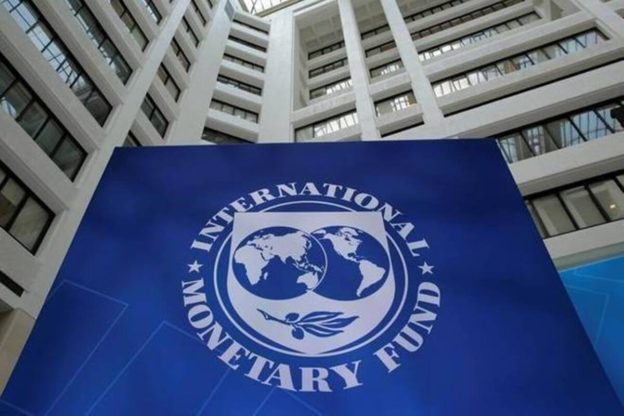The two most populous countries in the world are expected to account for about half of all global economic growth this year, according to the IMF.
As the global economy heads into its weakest period of growth in more than 30 years, China and India remain “bright spots” that could rub off on neighbouring countries in Asia, said International Monetary Fund (IMF) official Krishna Srinivasan.
Global growth is expected to remain at around 3 per cent over the next five years, the Fund said on Tuesday (Apr 11).
This would be its lowest medium-term forecast since 1990, and comes on the back of a prolonged period of slower economic activity.
In the short term, the IMF reduced its global growth outlook to 2.8 per cent for this year and 3 per cent for 2024, amid persistently high inflation and banking sector vulnerabilities.
About 90 per cent of the world’s advanced economies are set to see a decline in growth this year, it said.
CHINA AND INDIA’S GROWTH
Despite the gloomy outlook, countries in Asia could offset some of the effects of global headwinds by benefiting from China and India’s growth, said Mr Srinivasan, director of the IMF’s Asia and Pacific department.
The two most populous countries in the world are expected to account for about half of all global economic growth this year, according to the IMF.
“China has rebounded – it’s coming along strongly again. But even for a country like China, the longer term prospects have to be addressed through policy reforms,” Mr Srinivasan told CNA’s Asia First on Wednesday.
China’s surprise reopening last December was much faster than anticipated but welcome news to trade partners in the region.
Its projected growth of about 5 per cent this year – albeit moderate – comes on the heels of a dismal 3 per cent in 2022.
“Big increase in the growth forecast for China, a very important player both globally and regionally,” Mr Srinivasan said.
“Our numbers show that for every one percentage point increase in China’s growth, countries in the region grow by 0.3 percentage points over the medium term.”
While the IMF, along with the World Bank and the Asian Development Bank (ADB), slightly downgraded their forecasts for India this year, the nation’s investments and exports are booming, said Mr Srinivasan.
“We revised our growth forecast for India from 6.1 to 5.9 per cent. That reflects some slowing in consumption. But overall, India is still a relatively bright spot in the world economy.”
He added that how China and India perform over the next few years will have an important bearing on the prospects for Asia.
“If India and China continue to do well, then that’s a big flip for the countries in the region.”
GLOBAL HEADWINDS
Mr Srinivasan said world economies have endured several “shocks” over the past few years, in particular the COVID-19 pandemic, Russia’s invasion of Ukraine, and the cost of living crisis.
The Fund warned that the recent financial system turmoil could see global output drop to near recessionary levels.
“We are entering a tricky phase, during which economic growth remains low by historical standards,” said Mr Pierre-Olivier Gourinchas, the IMF’s research director. “Financial risks have increased, yet inflation has not decisively turned a corner.”
Asian countries continue to face issues such as a slowdown in external demand from the United States and Europe, and soaring interest rates driven by crippling inflation.
While the direct impact of the banking turmoil in the US and Europe has had a muted impact on Asia, further fallout in the sector could spill over to the region.
“Asian banking systems are pretty well capitalised – their liquidity issues are pretty good,” Mr Srinivasan said.
“But if there is further stress in the banking sector, that could be an important downside risk for our prospects in Asia. We are watching that carefully.”
CLIMATE FUNDING
Mr Srinivasan also spoke about the IMF’s new Resilience and Sustainability Trust (RST) loan during his interview with CNA.
The global lender’s efforts to channel climate funding for lower income countries is gaining traction, with 44 countries having expressed interest.
Bangladesh is among the first nations to secure access to the loans. It is seen as one of the most vulnerable countries to climate change, ranking seventh on the United Nations’ World Climate Risk Index.
The economic relief for Bangladesh could open doors for other countries in the region to seek similar funding.
“The programme provides a fiscal space to address climate challenges … a way to catalyse financing from other partners. It is a big opportunity to address climate challenges head on,” said Mr Srinivasan.
“In Asia, there are many countries which are affected by climate change and natural disasters. The success of the programme in Bangladesh would be a catalyst for other countries to seek recourse to this facility.”
https://www.channelnewsasia.com/asia/imf-international-monetary-fund-global-growth-outlook-2023-china-india-bright-spots-3412866





